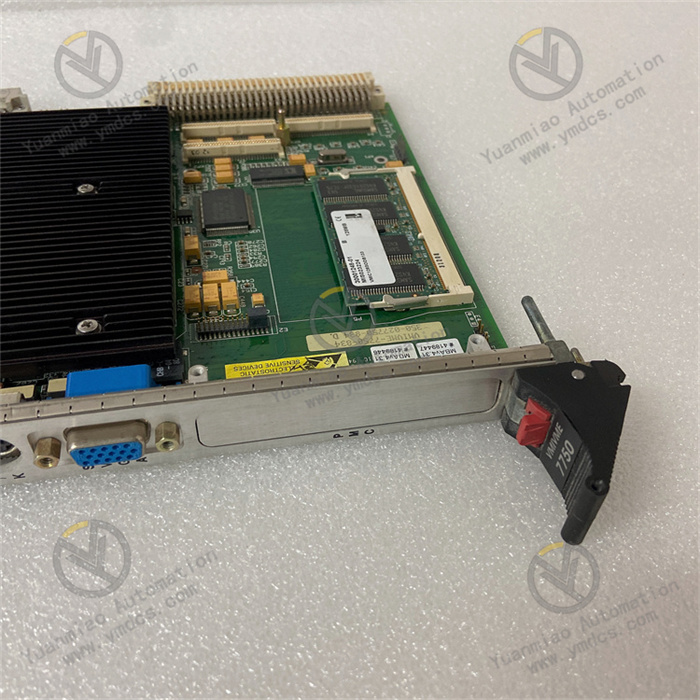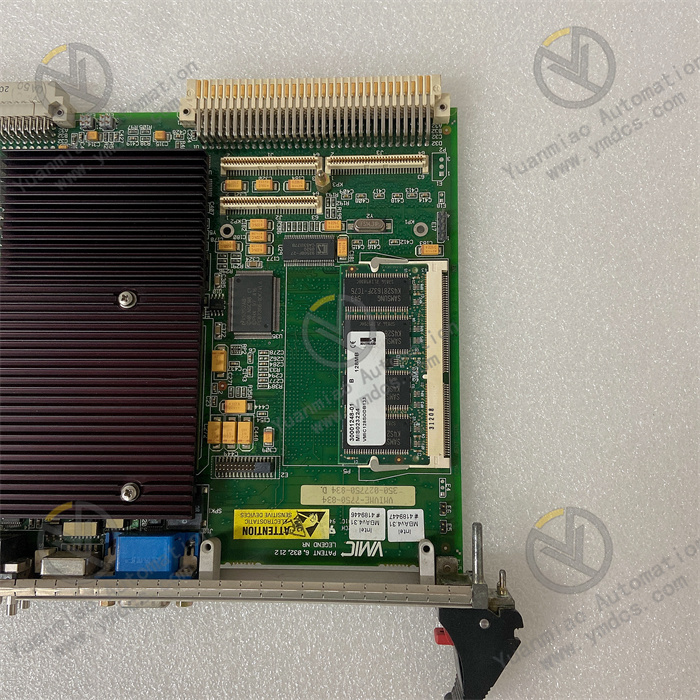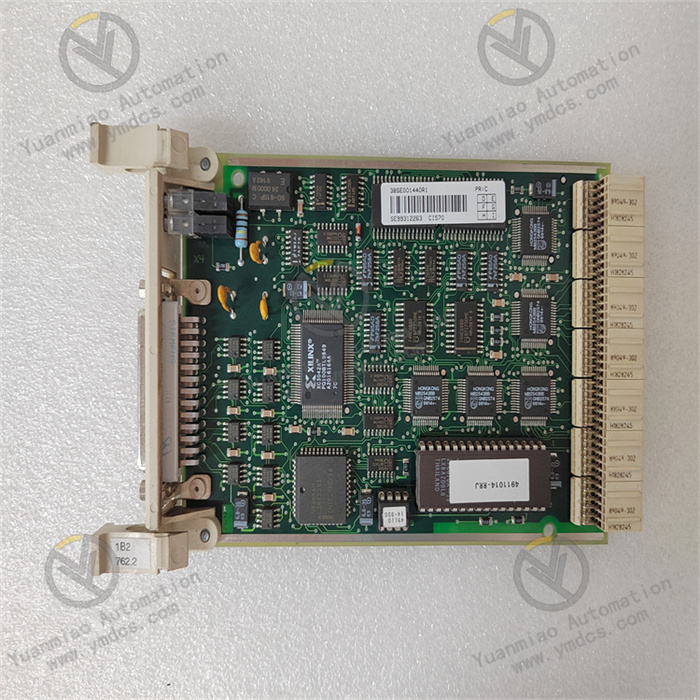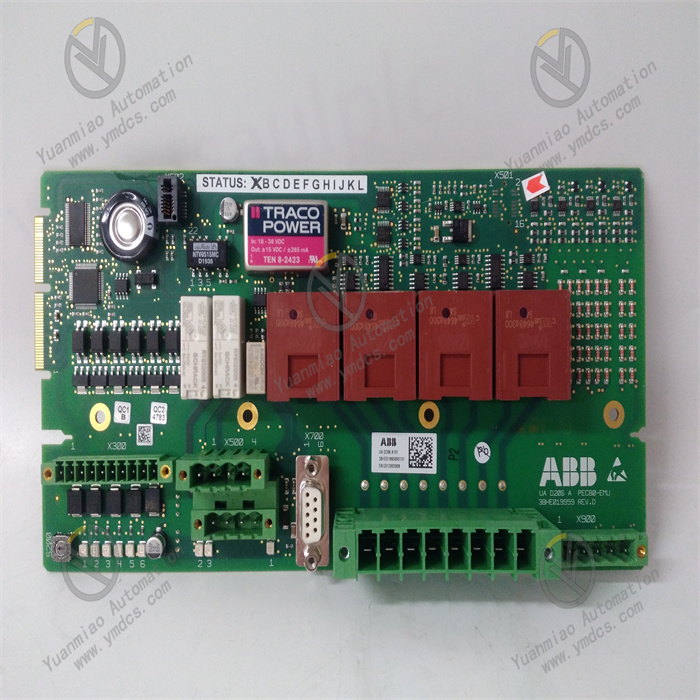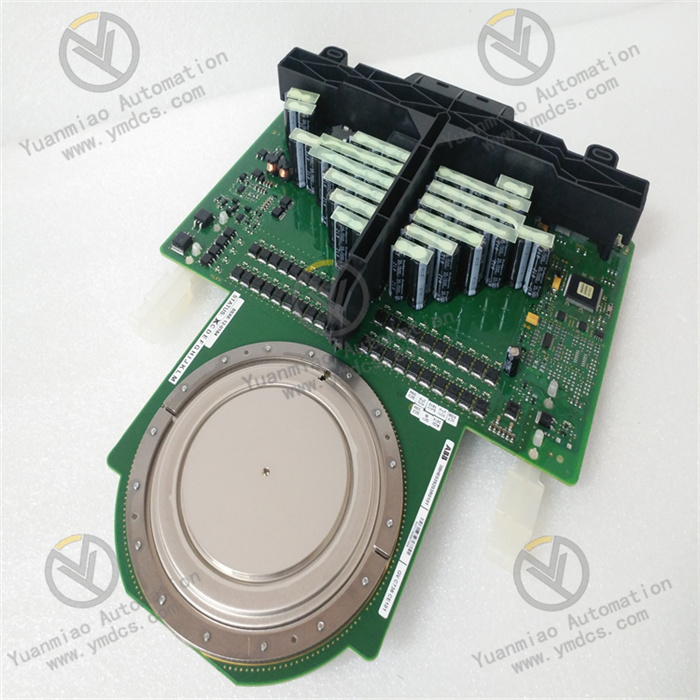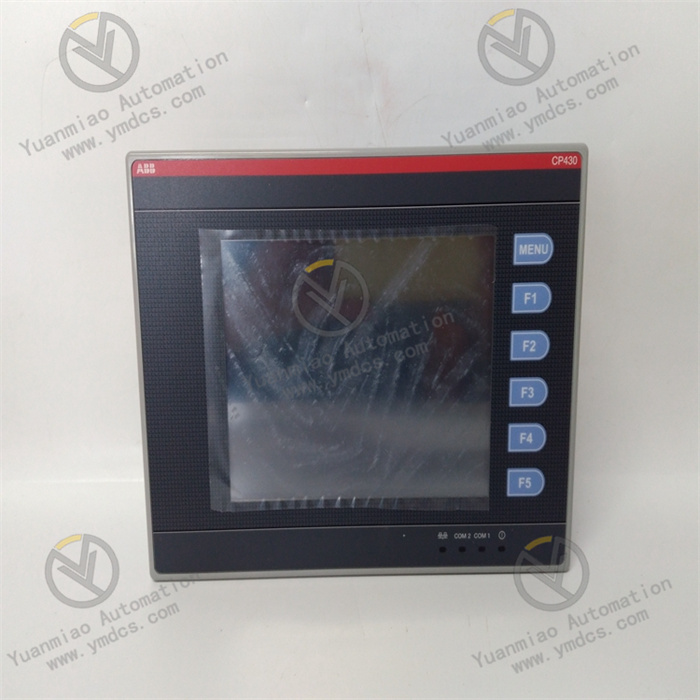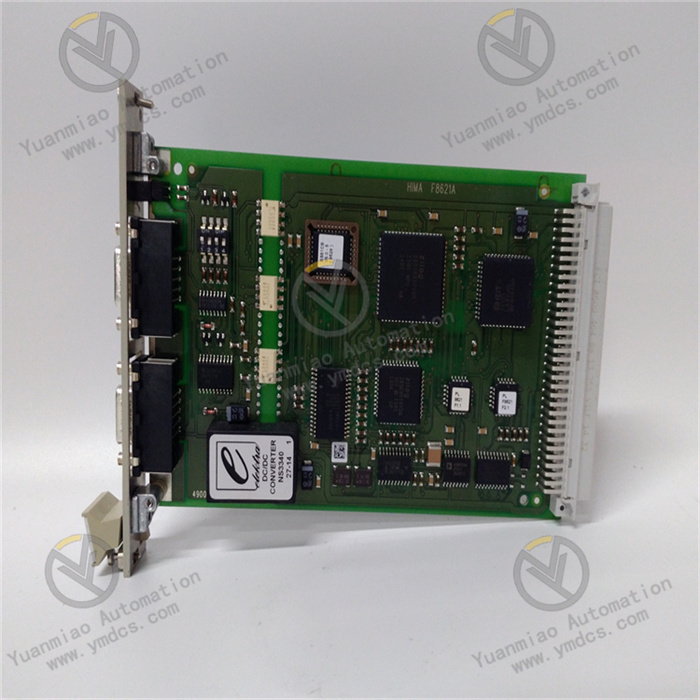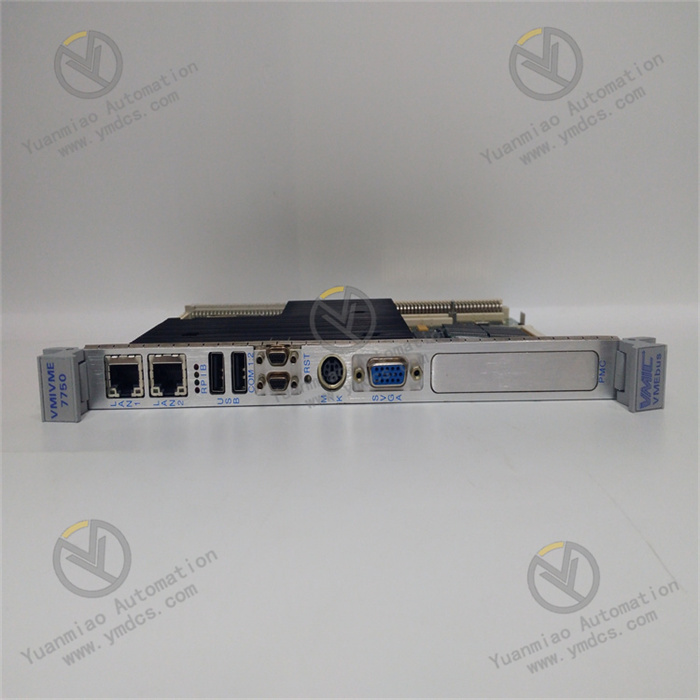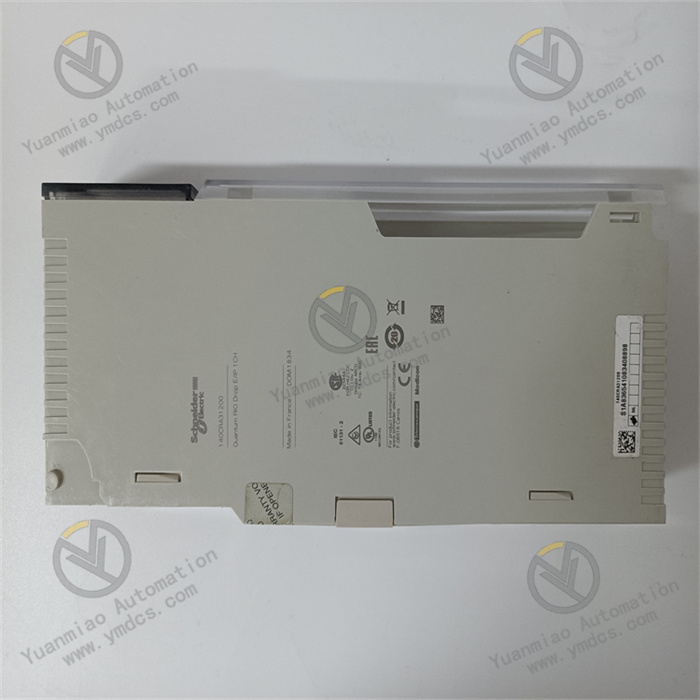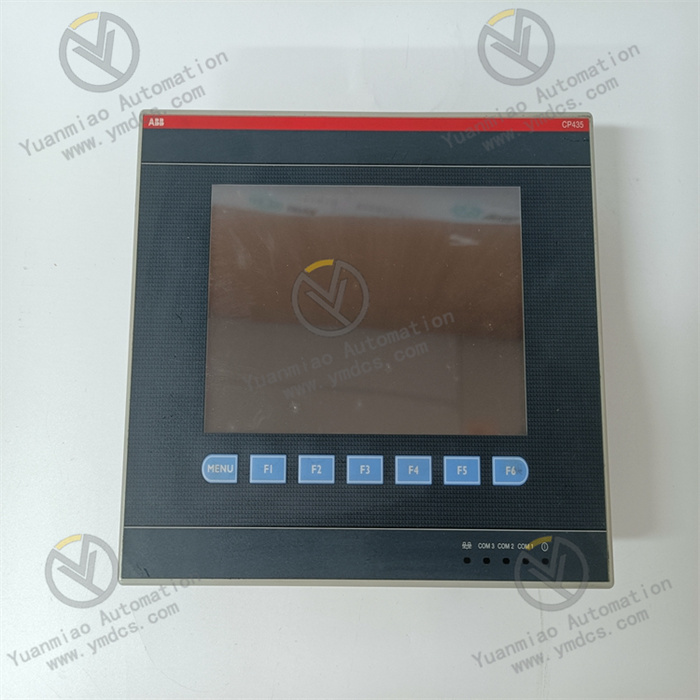Description
VMIVME-7750-834/350-027750-834 D
Overview
The Abaco Systems VMIVME-7750-834/350-027750-834 D is a high-performance VMEbus Single-Board Computer (SBC), designed for industrial control, data acquisition, and mission-critical applications. It entered the Restricted Production Phase (RPP) and continues to serve as a reliable computing platform in harsh industrial environments. Based on the mature VME (VersaModule Eurocard) bus architecture, the device combines robust single-slot design with passive cooling, ensuring stable operation in extreme conditions like high temperature, vibration, and electromagnetic interference.
Integrated with advanced computing components, the SBC balances processing power, expandability, and reliability, making it suitable for applications requiring real-time data processing and multi-device integration.
Functional Features
(1) High-Performance Processing
Equipped with a powerful processor (specific model dependent on variant), featuring 32-bit addressing and optimized architecture for industrial workloads. The superscalar design with dynamic branch prediction enables efficient instruction execution, while independent instruction/data caches accelerate data throughput. MMX technology further enhances multimedia and algorithm processing, supporting up to three instructions per clock cycle for complex multitasking.
(2) Flexible Memory Architecture
Supports up to [specify capacity] of PC133 SDRAM via a 144-pin SODIMM slot, with dual-port DRAM connectivity to the VMEbus. This configuration ensures high-speed data transfer in multi-device networks, minimizing latency in memory-intensive applications like real-time control and data logging.
(3) Diverse I/O Interfaces
- VMEbus Interface: Compliant with VMEbus Rev. C.1 standard, enabling high-speed data exchange as a master or slave device. Transparent PCI-VME bridging ensures seamless integration with other VME modules in multi-processor systems.
- Ethernet Connectivity: Onboard Ethernet ports (e.g., 10/100BaseTX) support remote boot via protocols like RPL and PXE, facilitating remote deployment in distributed industrial networks.
- Storage & Expansion: IDE interface for local storage and a PCI-X 66MHz PMC slot for custom I/O modules (e.g., serial, USB, analog/digital I/O), enabling flexible configuration for specific application needs.
- Peripheral Support: Integrated AGP SVGA controller with [e.g., 4MB] video memory, supporting high-resolution displays (up to 1600×1200), along with PS/2, USB 2.0, serial, and parallel ports.
(4) Wide OS Compatibility
Supports real-time and general-purpose OS including VxWorks, Linux, and Windows, enabling deployment in both hard real-time control systems and flexible software environments.
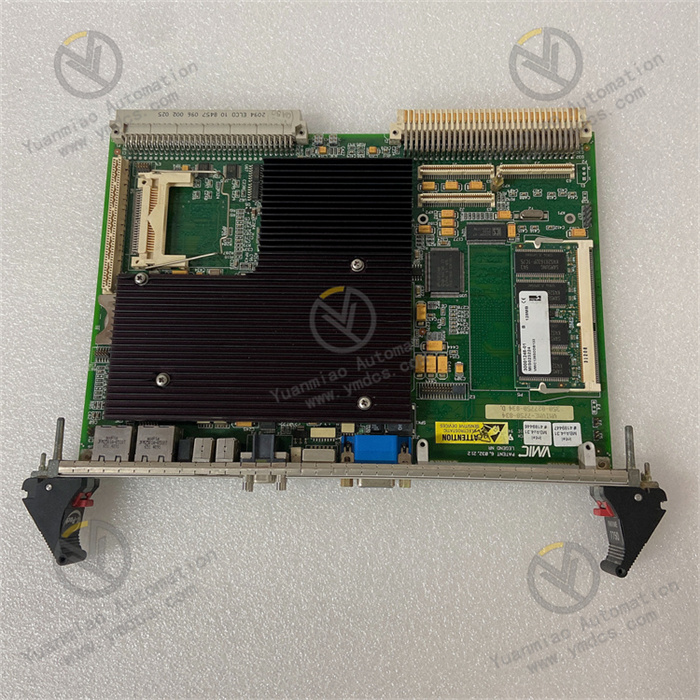
Technical Parameters
| Category | Specifications |
|---|---|
| Processor | [e.g., Intel Pentium III up to 1.26GHz] with 512KB L2 cache |
| Memory | Up to [e.g., 512MB] PC133 SDRAM, dual-port to VMEbus |
| Storage | IDE interface, optional CompactFlash support (e.g., 64MB) |
| Network | 10/100BaseTX Ethernet, remote boot capable |
| Expansion | 1× PCI-X 66MHz PMC slot, VMEbus master/slave mode |
| Power | +5V DC input, passive cooling, low power consumption |
| Environment | Operating temp: -40°C to +85°C; Storage temp: -55°C to +90°C; Humidity: 5%–95% RH (non-condensing) |
Working Principle
(1) System Boot Sequence
- Power-on: Onboard circuitry stabilizes +5V DC input, initializing power management.
- BIOS Loading: Processor fetches BIOS from reprogrammable flash, performing hardware initialization (memory, timers, I/O).
- Boot Options: System loads OS from local IDE or remote server via Ethernet (if configured), supporting both local and network-based boot workflows.
(2) Data Processing
The processor manages tasks via pre-programmed algorithms, leveraging SDRAM for data buffering. In industrial applications, it processes real-time sensor data, with VMEbus coordinating external device communication. Graphics-intensive tasks are handled by the AGP controller, while Ethernet interfaces enable network protocol encapsulation for remote data exchange.
(3) Bus Architecture
Transparent PCI-VME bridging allows the SBC to act as a system controller or peripheral CPU in multi-processor setups, ensuring efficient data transfer across the VMEbus ecosystem with minimal latency.

Operation Guide
(1) Pre-installation
- Compatibility Check: Verify VME slot electrical specs and power supply compatibility.
- ESD Protection: Use anti-static wristbands and work on ESD-safe surfaces to prevent component damage.
(2) Installation Steps
- Locate a 6U VME slot in the chassis.
- Align the SBC’s VME interface with the slot and insert vertically, ensuring full contact.
- Secure with mounting screws to withstand vibration.
- Connect power, IDE storage (if used), and PMC modules as needed.
(3) System Configuration
- Storage/Network: Configure IDE drives or set Ethernet parameters (IP, gateway) for remote boot.
- OS/Driver Installation: Install supported OS (e.g., VxWorks) and device drivers, referring to Abaco’s documentation for PMC module compatibility.
(4) Troubleshooting
- Boot Issues: Check power connections, flash memory integrity, and BIOS boot order.
- Network Failures: Verify cable connections, update network drivers, and test TCP/IP settings with ping.
- I/O Faults: Re-seat PMC modules, update firmware/drivers, or replace faulty components if needed.


